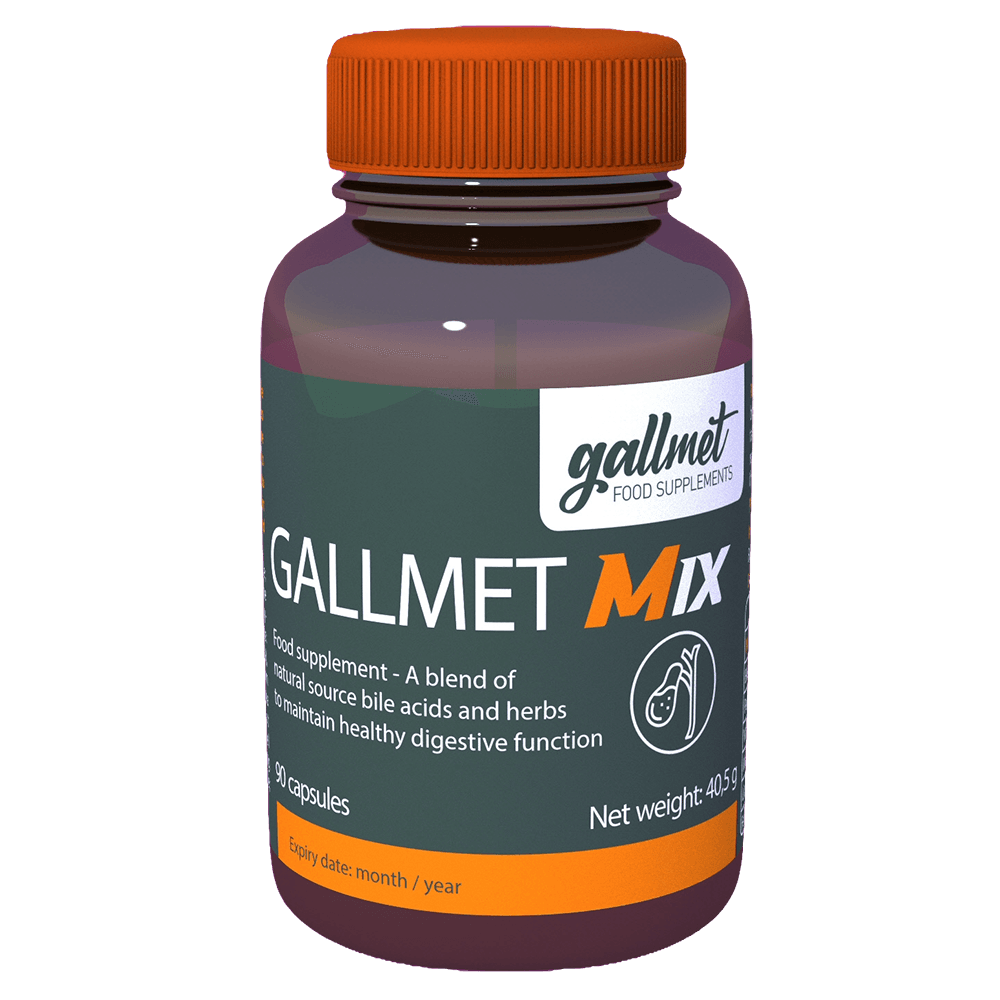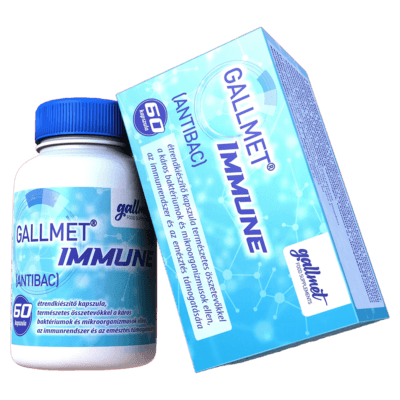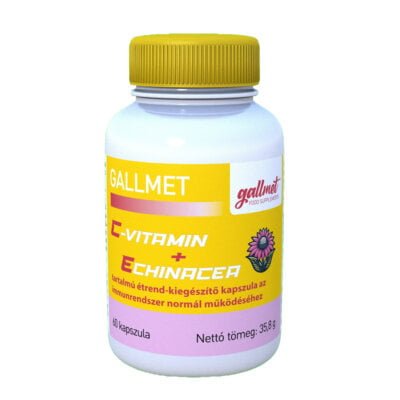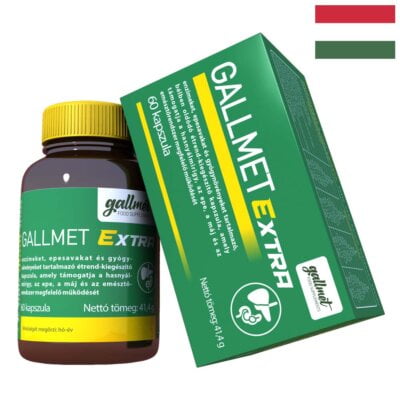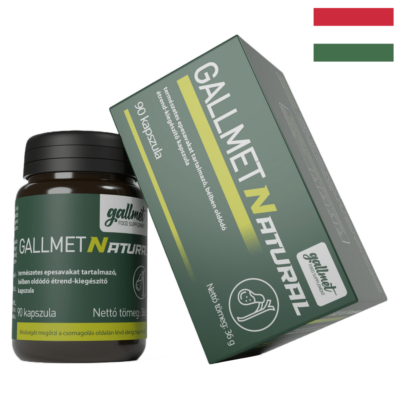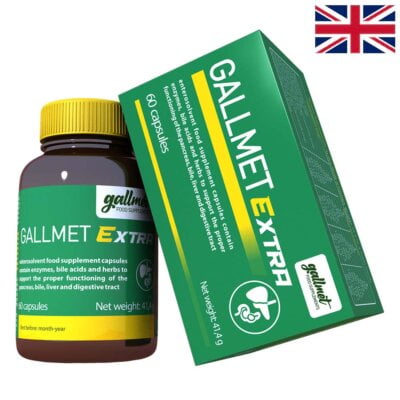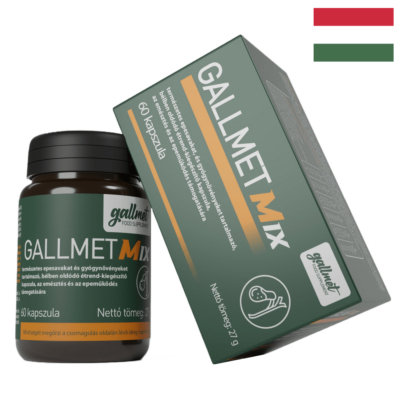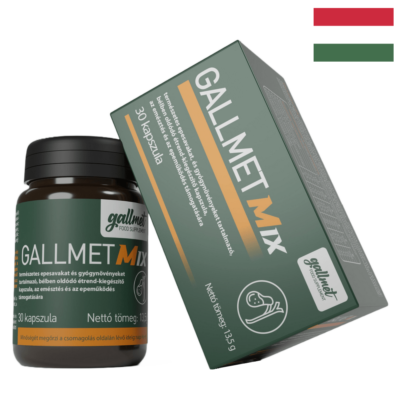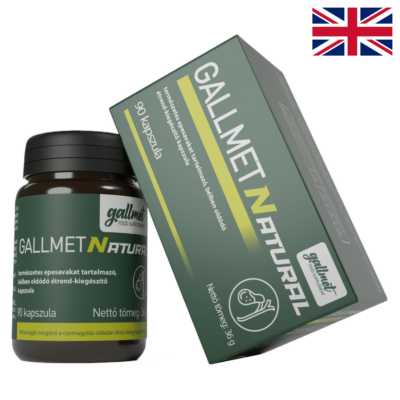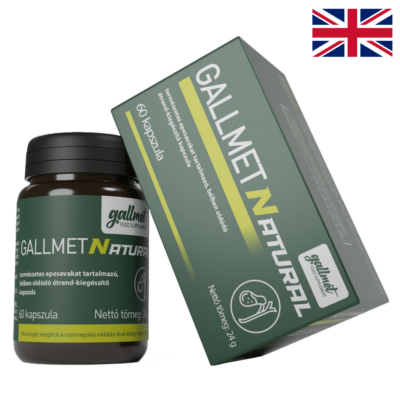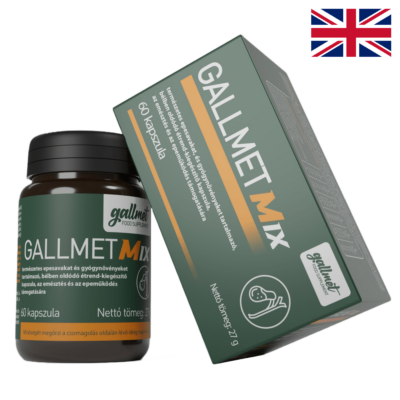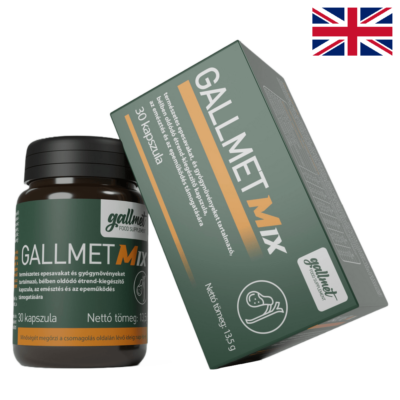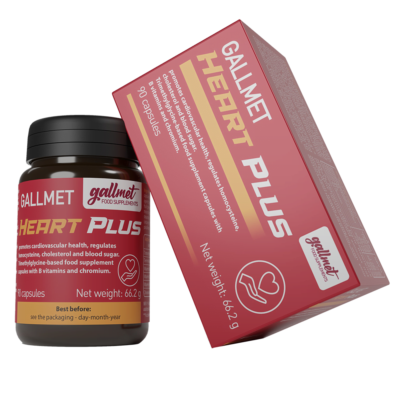GALLMET-Extra product information leaflet, literature review and laboratory test
Laboratory testing of GALLMET-Extra capsules
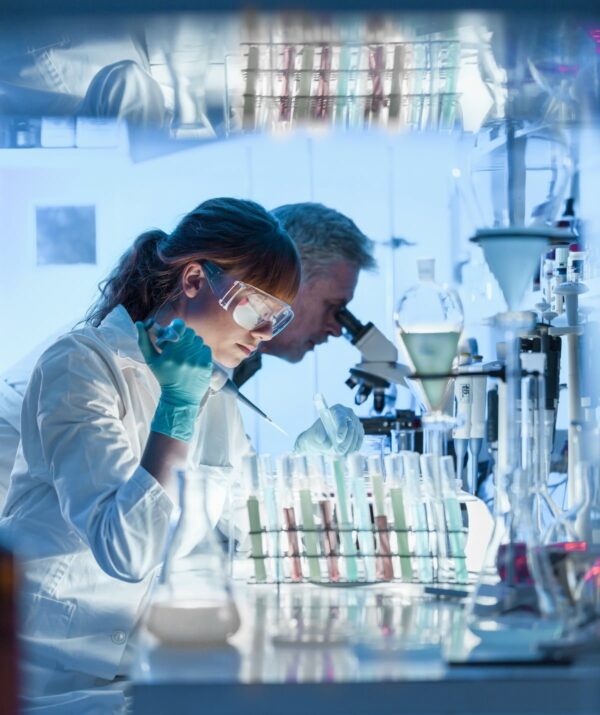
GALLMET-Extra has been tested by the international Eurofins laboratory for:
- Microbiology
- pollutants,
- heavy metals,
- doping-free,
- allergen-free (gluten, lactose, casein)
Laboratory test results (.pdf):
Our products are available in all pharmacies in Hungary!
Click on the [print-me] icon to print the page
The GALLMET products are available in all Hungarian pharmacies and in some herbal shops!
20 000 Ft over the 1 390 Ft shipping discount, over 30 000 Ft and an additional 5% discount!
Notice:
Please be advised that deliveries may be delayed for a few days during the festive period due to overloaded couriers.



